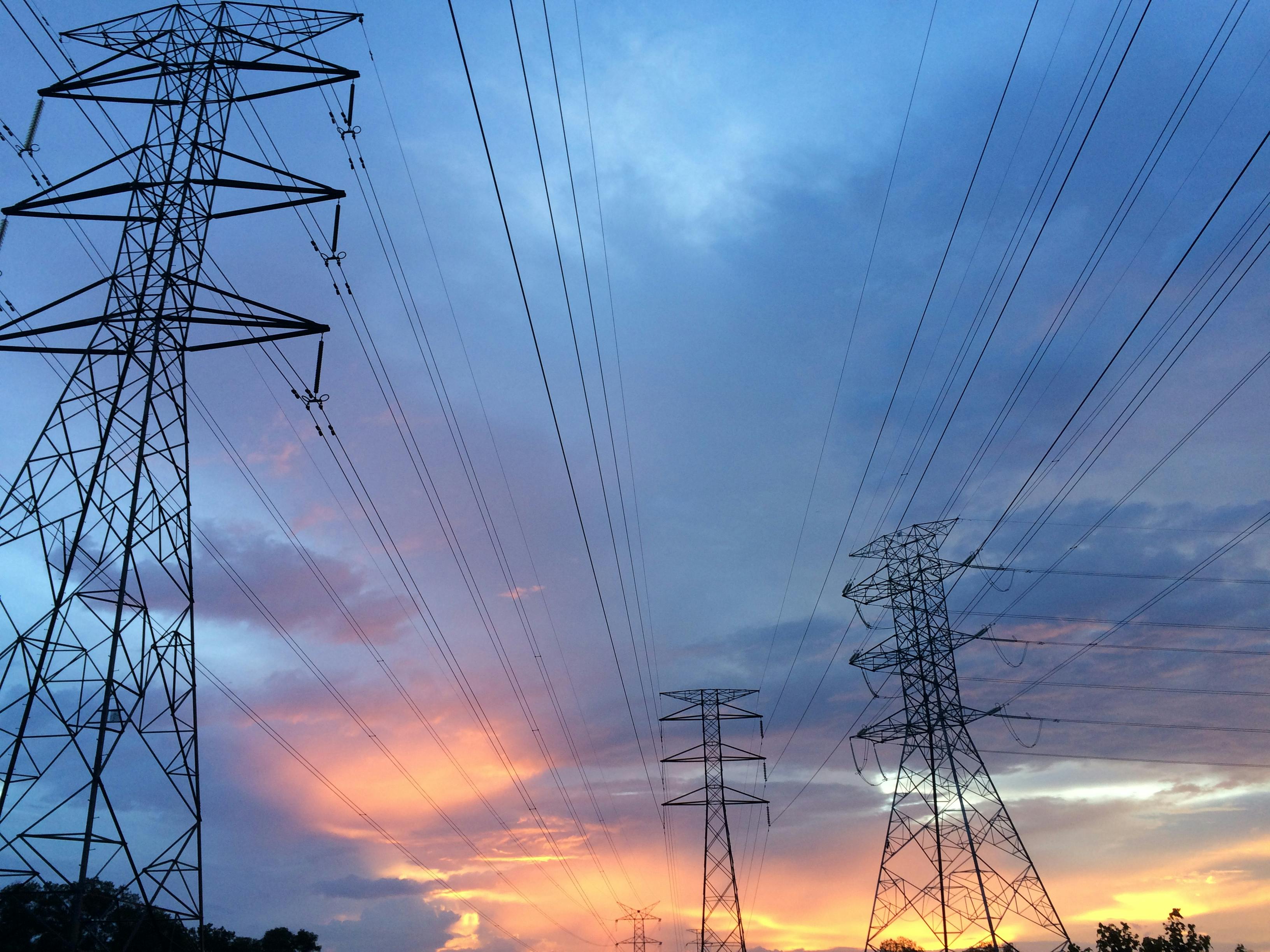Distilled water is a type of purified water that has had most of its impurities removed, including minerals, through a process known as distillation. As such, it has become a popular choice for drinking water and for some industrial and medical applications. But the question remains – is distilled water a good conductor of electricity? This article will provide an answer to this question by looking at the properties of distilled water and how they affect its ability to conduct electricity.No, distilled water is not a good conductor of electricity. Although it is composed of ions, the concentration of ions in distilled water is so low that it does not allow for the efficient flow of electrons needed to conduct electricity.
Properties of Distilled Water
Distilled water is a type of purified water that has had virtually all contaminants removed through the distillation process. It is the purest form of water available and can be used for a variety of purposes, such as drinking, cleaning, and industrial applications. Distilled water has several important properties that make it an ideal choice for many uses.
The most notable property of distilled water is its lack of contaminants. As it is purified through distillation, any minerals, bacteria, and other impurities are completely eliminated from the water. This makes it safe to drink and use in other applications as well. Additionally, distilled water has no odor or taste, making it ideal for drinking or cooking with.
Another key property of distilled water is its low electrical conductivity. Since all impurities have been removed from the water in the distillation process, there are no ions present that can conduct electricity. This makes distilled water an ideal choice for many industrial applications that involve electrical components or sensitive instruments.
Finally, distilled water has a neutral pH level of 7.0 which makes it suitable
Conductivity of Distilled Water
The conductivity of distilled water is a measure of its ability to conduct an electric current. It is an important physical property for many industrial and laboratory applications. Distilled water has a very low electrical conductivity since it does not contain any ions or other dissolved substances which can carry an electric current. The conductivity of distilled water is usually expressed in terms of microsiemens per centimeter (μS/cm). This value is typically around 0.055 μS/cm at 25°C, although this can vary slightly depending on the temperature and the purity of the distilled water.
The electrical conductivity of distilled water changes with temperature, increasing as the temperature increases. This increase is due to the greater mobility of ions at higher temperatures, which allows them to more easily move through the solution and carry an electric current. The opposite effect occurs when the temperature decreases; as the mobility of the ions decreases, so does their ability to carry an electric current and thus the electrical conductivity decreases.
There are several factors that can affect the electrical conductivity of distilled water. These include impurities in the source used for distillation
What is Electricity?
Electricity is a form of energy that contains charged particles, such as electrons or protons. It is created when these particles move from one place to another and can be used to power electrical devices. Examples of electricity in everyday life include powering lights, appliances, and other electrical devices. It is also used for transportation, communication, and many other applications. Electricity can be generated in various ways, such as through the use of solar panels, wind turbines, hydroelectric dams, and nuclear power plants. By understanding how electricity works and how it can be used safely and effectively, people can make informed decisions about their energy use.
Electricity plays a vital role in modern society; it enables us to perform everyday tasks like heating our homes, powering our cars and running our computers. It is an essential part of our lives and provides us with a reliable source of energy to power many aspects of daily life. Without electricity we would not be able to enjoy the modern conveniences that we take for granted today. To ensure that everyone has access to this essential resource it is important that we understand how electricity works and how it can be managed responsibly.
Types of Conductors
Conductors are materials with the ability to allow electricity and heat to pass through them. Different types of materials can be used as conductors, and some are more efficient than others. Copper is one of the most commonly used conductors, and it is often the material of choice for electrical wiring due to its high conductivity. Silver is also highly conductive, but it is more expensive than copper. Other metals like aluminum, gold, and platinum can also be used as conductors, but they are not as efficient or economical as copper or silver.
Insulators are materials that do not allow electricity or heat to pass through them. They are often used in electrical systems to prevent current from flowing where it should not. Common insulators include rubber, ceramic, plastic, glass, and wood. Insulators are also used in many consumer products such as computers and cell phones to protect sensitive components from damage due to electrical shocks.
Semi-conductors are materials that have properties between those of a conductor and an insulator. These materials have very low electrical resistivity which makes them

Insulators vs. Conductors
Insulators and conductors are materials that have different properties when it comes to electricity. Insulators are materials that do not allow electricity to pass through them, whereas conductors allow electricity to flow freely. Examples of insulators include rubber, plastic, glass, and wood. Examples of conductors include metals such as silver, copper, and aluminum. The most common type of conductor is copper wiring, which is used in electrical circuits to carry electrical current from one point to another. Insulators are used in many applications to protect people from electric shock and other hazards associated with electricity. Insulating material can also be used to keep wires organized and prevent short circuits. Conductors are also often used in electronics such as transistors and resistors.
Factors Affecting Electrical Conductivity
Electrical conductivity is the measure of how easily a material can conduct electricity. It is an important property of materials used in electrical and electronic devices. This article will discuss the various factors that affect electrical conductivity.
The first factor is temperature. As temperature increases, the electrons in a material become more energetic and they move more freely, resulting in higher electrical conductivity. On the other hand, when the temperature decreases, the electrical conductivity decreases as well.
The second factor is pressure. When pressure is applied to a material, it affects the ability of electrons to move freely within the material, which in turn affects its electrical conductivity. Generally speaking, as pressure increases, so does electrical conductivity.
The third factor is chemical composition of a material. Different materials contain different types of atoms that can either help or hinder the flow of electricity through them. For example, metals usually have high electrical conductivity because they contain many free electrons that can move easily through them while non-metals tend to have lower electrical conductivities because they contain fewer free electrons or no free electrons at all.
Acids and Alkalis and Their Effect on Electrical Conductivity
Acids and alkalis are two types of substances that are classified according to their pH level. Acids are substances that have a pH lower than 7, while alkalis have a pH higher than 7. Both of these substances can have an effect on electrical conductivity, which is the ability for electricity to flow through a material. When acids and alkalis come into contact with each other, they create a reaction that can affect electrical conductivity.
The effect of acids and alkalis on electrical conductivity is determined by how strong the acid or alkali is, as well as the concentration of the acid or alkali. Stronger acids and alkalis will have a greater impact on electrical conductivity than weaker ones. When an acid comes into contact with an alkali, the two react to form salt and water, which can reduce electrical conductivity. On the other hand, when an acidic solution is mixed with an alkaline solution, the result is usually an increase in electrical conductivity.
The effects of acids and alkalis on electrical conductivity also depend

Conclusion
Distilled water is a poor conductor of electricity, due to the lack of dissolved minerals. This means that it is not suitable for use in electrical systems or devices, where an efficient conductor of electricity is required. However, distilled water has many uses where electrical conductivity is not required, such as in laboratories and for the manufacture of certain products. It can also be used as a safe drinking water option when the source water contains high levels of contaminants.
In conclusion, distilled water is generally not a good conductor of electricity and should not be used in electrical systems or devices. However, it can still provide many other benefits in situations where electrical conductivity is not needed.

